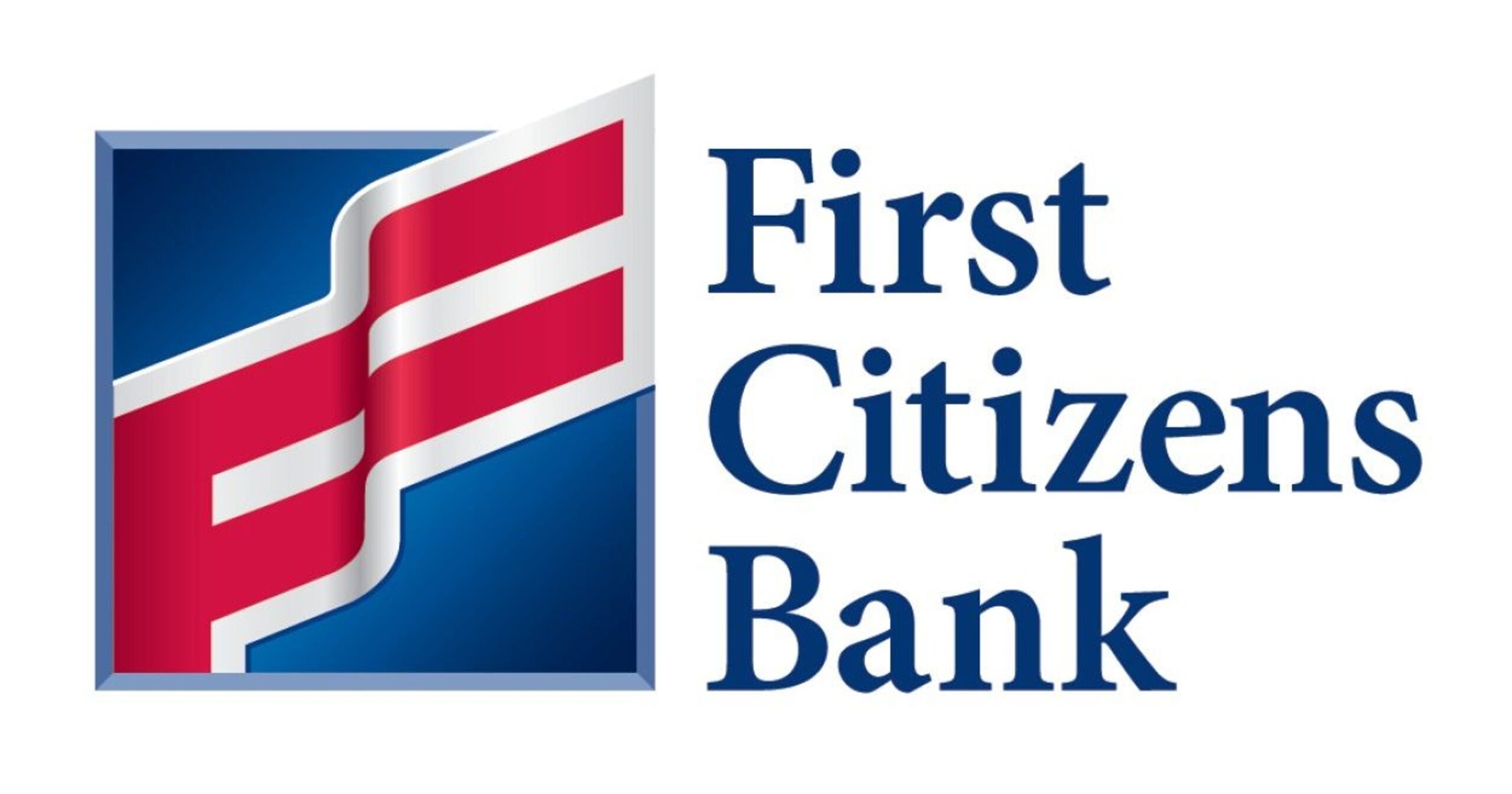A transit opportunity
- April 18, 2019
- Posted by: Joe Milazzo II
- Category: Blog, Thursday thoughts at 3

This week we released a statement, in concert with our founding chambers of commerce from Durham and Chapel Hill-Carrboro, affirming the regional business community’s ongoing focus on accelerating multimodal solutions, particularly in the western Triangle, in light of the discontinuation of the light rail project.
The current situation is obviously not ideal. However, it does present an opportunity, and we remain committed to working with our partners to advance frequent, effective transit options for the entire Triangle.
RTA was founded nearly 20 years ago, and it was heartening to be able to speak to the continued strength and commitment of the business community in advancing transit options for our region. While we are somewhat in uncharted territory going forward, there are still several things we can say as an interested and supportive partner.
1. While the light rail project may have ended, the need for effective transit between Durham and Chapel Hill did not.
This week’s joint business community statement specifically highlighted the ongoing need for high-capacity, effective transit connections — note the plural – between these vital points of the Triangle.
While I do not believe that we should or could simply “pave” the exact route of the light rail corridor as a bus rapid transit route, it may be that one or more frequent bus routes could be activated between Durham and Chapel Hill, along specific roadway alignments to be determined. To the extent that such routes might employ a form of bus rapid transit for at least parts of the alignment, that may provide some opportunity to focus land use and accomplish other complementary community goals.
2. We still have an opportunity to knit the Triangle together with both frequent and higher speed transit components.
The ending of the light rail project obviously eliminates that travel option. However, it does make available a future local funding stream, dedicated to transit, that can be used to pay for several other key projects serving the western Triangle and the region.
One major project is regional commuter rail, which we are committed to seeing initiated by 2027. The key element here will be the potential to effectively combine our region’s three largest downtowns (Raleigh, Durham, and Cary) via high speed, congestion-free travel during peak commuting hours. The ending of the light rail project does free up funds for Durham County to pay for its share of commuter rail. The upcoming detailed study will help optimize the stations and frequency for commuter rail to ensure solid ridership as well as the opportunity to advance a number of community goals.
A second key set of projects are our five approved bus rapid transit corridors in Orange and Wake counties. Two of these — the Chapel Hill north-south BRT and the New Bern east corridor BRT in Raleigh — are slated to open within five years, with the remaining three Wake BRT corridors opening by 2027. Our 25+ mile, 5 corridor BRT network was already moving forward; the ending of the light rail project frees up additional funds to pay for the local share of the Chapel Hill BRT.
It turns out that an extension of a form of bus rapid transit may be able to complement our upcoming commuter rail line and help advance our regional transit network. CAMPO, the metropolitan planning organization serving the eastern Triangle, just voted this week to support leveraging the emerging Cary-Raleigh-Garner bus rapid transit corridor by advancing BRT service extensions east to Clayton and west to Morrisville via a request for state funding support. If approved by the western Triangle metro planning organization, DCHC MPO, and also by NCDOT, this would create a bus rapid transit line that spans the entire breadth of Wake County as well as western Johnston County, and bring bus rapid transit service to within a stone’s throw of Durham City and County, and around 3 miles of Research Triangle Park’s upcoming mixed use hub.
3. We still have a dedicated local funding source for transit — and a dedicated community, committed to moving transit forward.
The light rail project certainly would have been a transformative infrastructure initiative. However, even more important than any light rail, bus rapid transit, or other transit mode is the presence of a dedicated community, willing to invest in its own transit future. Durham and Orange counties led the way in our region with successful 2011 and 2012 transit referenda, and the leadership of the elected officials and citizens in advancing multimodal transportation has not been forgotten by the regional business community. With a dedicated local option sales tax remaining in place, we have the continued ability to advance a variety of transit solutions.
4. The regional business community is united and focused on mobility, and on moving us forward.
The members and partners of the Regional Transportation Alliance have been helping advance transit plans and funding sources for more than 15 years in concert with area chambers of commerce. We have held tours, conducted polls, commissioned research, highlighted options, advanced bus on shoulder systems, and led transit campaigns. While the light rail may have ended, our commitment and united approach in service to our communities did not. Together, we will explore and advance a host of purposeful, scalable solutions that will move us forward today and tomorrow.
Let’s get moving,
Joe Milazzo II, PE
RTA Executive Director
post reference: th3.2019.16
RTA is the voice of the regional business community on transportation
www.letsgetmoving.org























